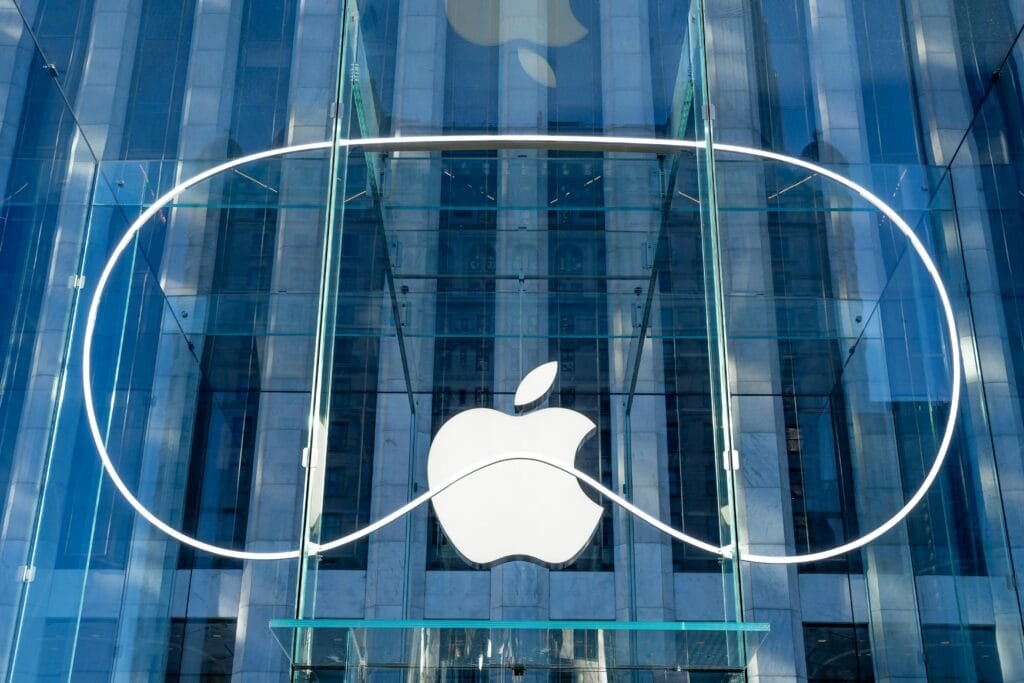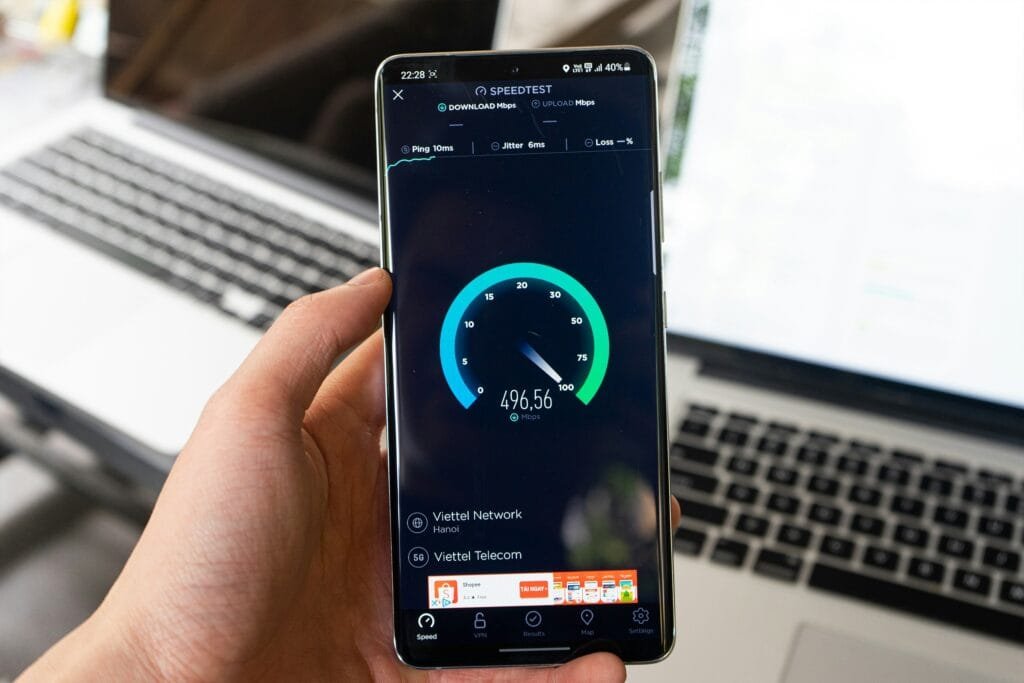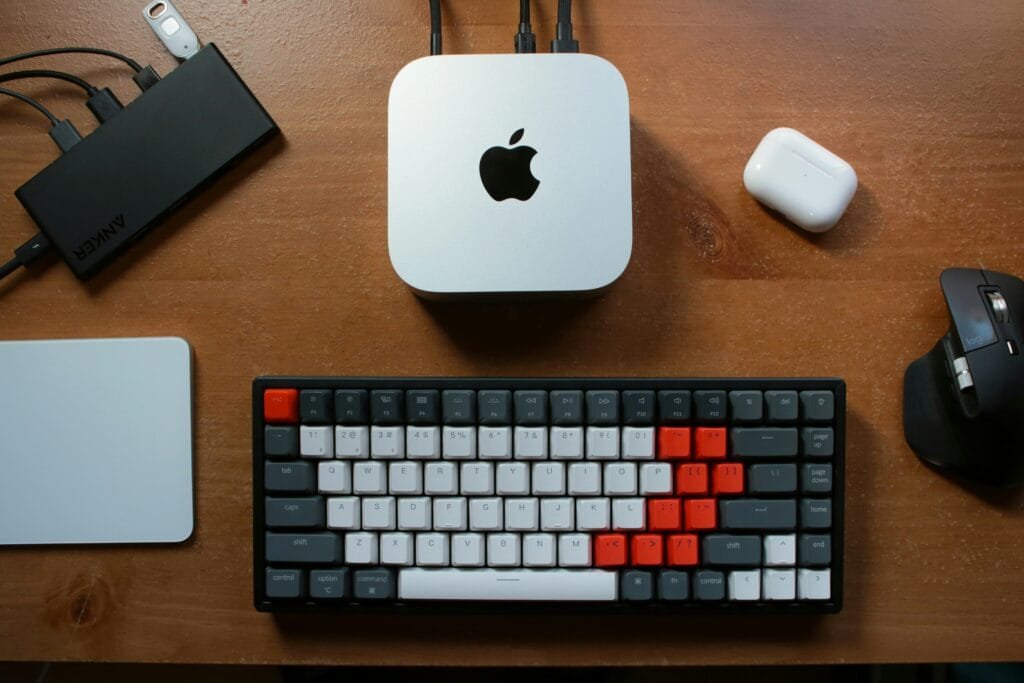As Apple’s virtual reality journey unfolds, a rumor has surfaced: Apple might delay a budget-friendly Vision Pro headset, focusing instead on an enhanced version powered by a next-gen M5 chip. Let’s dive into why Apple might keep the premium price and what that means for us, the everyday users of tech.

With Apple Vision Pro, the tech giant has introduced its spatial computing dreams, blending augmented and virtual reality into a single, high-powered device. But at $3,499, it’s anything but affordable, and many were hopeful for a less expensive option. Yet, recent reports suggest that Apple is postponing its “cheaper” Vision Pro model, possibly until later years. So, why the delay? And what does this mean for the future of Apple’s virtual reality lineup?
Let’s take a look at some of the main reasons.
1. Commitment to Quality Over Affordability
One factor influencing Apple’s decision to hold off on a budget-friendly Vision Pro is its commitment to high performance and immersive experiences. With plans to integrate the powerful M5 chip, Apple is prioritizing performance over affordability. The new chip is expected to handle more complex tasks, enhancing user experience, especially in high-definition displays, spatial audio, and seamless augmented reality features. The investment here speaks to Apple’s long-held approach: create a high-end experience and meet market demand with later iterations.
The company’s focus on quality rather than cost-saving tactics reflects its ethos. Like the original iPhone or MacBook Pro, Apple often aims to redefine expectations before making products accessible to a wider audience. This is likely the same approach they’re taking with Vision Pro.
2. Market Demand and Feedback for the Vision Pro
The Vision Pro’s market reception is likely another key driver behind Apple’s cautious approach to launching a budget version. Reports indicate that initial interest in Vision Pro has been mixed, particularly given its high price point. For Apple, that means they’ll need to closely monitor user feedback to address improvements before venturing into lower-cost models. After all, any bugs, user concerns, or unexpected technical limitations that come up now will be much easier to address in a premium version before rolling out a budget model.
For users, this means the delayed cheaper model may be a blessing in disguise. By focusing on perfecting the experience, Apple could make sure that the budget-friendly version, when it does arrive, offers the same high quality that users expect.
3. Supply Chain and Production Challenges
The global tech industry has faced a series of supply chain challenges in recent years, from chip shortages to disruptions in manufacturing. Apple, while highly efficient in managing its supply chain, hasn’t been immune. Reports suggest Apple may be finding it challenging to produce enough M-series chips for both premium and affordable versions.
The M5 chip is anticipated to be a game-changer for Vision Pro, providing the kind of computational power that has made Apple’s chips famous. Still, creating enough units to meet demand—especially for both premium and budget versions—could be a logistical challenge, particularly as Apple seeks to keep up with production standards and avoid delays.
4. The Role of Display and Audio Technology
Apple’s displays are some of the sharpest on the market, and Vision Pro is no exception. The premium Vision Pro model currently uses high-end OLED displays with a whopping 3,391 pixel-per-inch (PPI) resolution, thanks to collaboration with Sony. If Apple were to release a budget-friendly Vision Pro, that display quality would likely be reduced to keep costs manageable, potentially down to around 1,500 PPI.
To Apple, maintaining a distinct advantage with visual quality in its VR headset is paramount. With Vision Pro, Apple aims to deliver some of the most realistic, immersive visuals ever seen in a VR headset. Waiting to release a lower-cost model that uses newer display tech, like white OLED with color filters, may give Apple time to further refine the technology for its eventual budget model.
5. High-End Market Strategy and Future Potential
Another possibility is that Apple may want to establish Vision Pro as the “gold standard” for virtual reality before it dilutes the lineup with a cheaper version. This strategy allows Apple to command the high-end market and emphasize the device’s capabilities for professionals, content creators, and tech enthusiasts who are willing to invest in cutting-edge tech.
Apple has long played a patient game with new products, opting to release features and upgrades incrementally. This strategy has worked well in their past product launches, allowing them to maintain premium branding. Apple likely wants to position Vision Pro as a high-end, long-term investment in spatial computing, perhaps setting the stage for a more affordable version once they’ve established a clear lead in the VR space.
In summary, while the news that Apple’s cheaper Vision Pro might be delayed is disappointing for some, the company’s decision speaks to its priority on quality, performance, and brand perception. The wait may be worth it if it means that Apple can deliver an experience that lives up to their name in VR technology. For now, Apple seems focused on perfecting the Vision Pro’s premium experience before expanding its accessibility.


